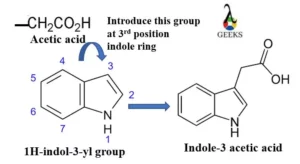15 Facts on HF + Ca(OH)2: What, How To Balance & FAQs
HF is an ionic, polar weak acid with a dipole moment value of 1.86 D. Ca(OH)2 is strong basic slaked lime with pH value of 9. Let us see how Ca(OH)2 reacts with HF in this article. Hydrogen fluoride (HF) is highly soluble in water and forms hydro fluoric acid that reacts with metal and … Read more
